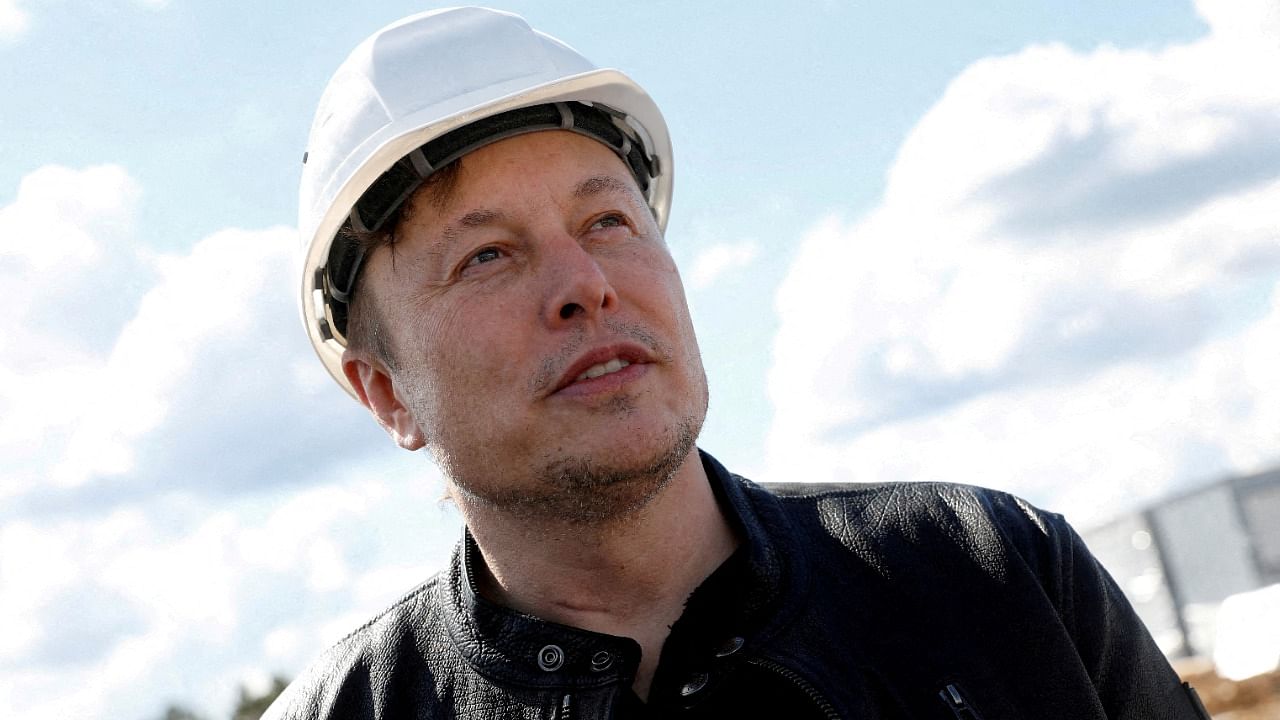
By Anjani Trivedi
Elon Musk has a suggestion for entrepreneurs: Get into lithium mining for juicy margins. It’s a pithy recommendation, but it fails to grasp the complicated challenges for producing more of the metal.
Soaring lithium prices have dampened the excitement around electric vehicles. Musk noted that the production of the white metal was the biggest “limiting factor” for EVs. That may be true — along with all the other battery supply chain bottlenecks — but just mining more lithium or buying a mine isn’t the solution.
As the gap widens between supply and demand for the metal, prices have been rising for everything from the ore of lithium, spodumene, to lithium carbonate and a more refined form, lithium hydroxide. Mexico has nationalized lithium production, and Chile, home to some of the largest mines in the world, is moving closer to doing so as well. China is keeping a tight lid on prices and pushing them down to ensure its companies don’t suffer setbacks. The US is trying to find ways to expand lithium supply.
Yet no solutions to close the gap — and make widespread adoption of EVs a reality — are readily emerging. Part of that is because mining, more broadly, has acquired a bad reputation over the years and was dumped in the non-ESG investor bucket. That meant a lack of investment in refining technologies, and companies have been put at a disadvantage. They’re now gearing up to deal with surging raw material demand — much sooner than they expected — and supply chain snarls. But the methods and processes haven’t fully evolved.
In addition, the crucial divide between technologies for EV batteries — those that are proving viable (lithium iron phosphate) versus those that still have a way to go but are more energy dense (nickel cobalt manganese) — is adding pressure. More widely used technologies are increasing demand for more basic raw materials, especially out of China. Demand for these cathode materials is expected to account for a relatively constant portion — about 25 per cent — of total demand from passenger car and commercial vehicle batteries over the next decade, according to Wood Mackenzie. The popularity of lithium iron phosphate batteries, initially seen as inferior, wasn’t expected.
Officials have had to talk down prices of raw lithium compounds in China — where 60 per cent of the world’s lithium is refined — to ensure companies aren’t squeezed and the critical EV battery supply chain functions smoothly. The high prices have proved prohibitive for batteries used in industrial and large energy storage systems, prompting a wave of order cancellations because the companies can’t pass on the costs in the same way to customers.
Meanwhile, prices for the more processed lithium hydroxide, used in higher-tech batteries in China, have dropped as well. This trend stands in sharp contrast to what’s happening overseas with the more refined version as Korean and Japanese manufacturers continue to buoy demand.
Demand for the raw material spodumene continues to rise, and facilities meant to convert it are having difficulty obtaining it — prices have shot up 24 per cent over the past month while those of lithium carbonate and hydroxide have dropped 5 per cent to 7 per cent.
With prices out of whack because of a skewed supply-and-demand picture, it’s hard to say when things will fall into sync. Battery technology continues to evolve as well — more advanced ones could potentially require even more lithium. Hoping mines and production facilities will come online over the next decade won’t cut it, either. Already this year, supply increases have been lower than estimated. Analysts expect the market deficit to widen over the coming decade.
That also means pushing companies and entrepreneurs into businesses they have limited expertise in is a fool’s errand. The purchase of mines by young car companies — as practical as that sounds for securing supplies for vertical integration — isn’t the easy solution it appears to be. It is extraordinarily expensive to make it work properly.
The only long-term solution to ease the supply crunch is to drive investment in the mundane mining and processing technology for lithium in a sustainable and environmentally friendly way. It takes private capital and government incentives — all the ways, as Beijing knows well, to build strategic capability in a focused industry.
Several companies across the world are exploring innovative ways to extract and produce the metal. Mining technologies are resource-specific, however, meaning every technique can’t be used on every mine. The world’s second-largest lithium producer, Sociedad Quimica y Minera de Chile SA, or SQM, for instance, has continued to invest through the ups and downs and in an environmentally friendly way. Earlier this month, it committed to investing $900 million this year across the board in all its products.
A recent McKinsey & Company report pointed to various methods of direct extraction, but operating costs remain high, as does water use, and of the five different ways to do this, only one — using adsorption — is commercially viable. Others are still too expensive. Alternatives to get more lithium include using the so-called direct lithium to product method and supplying spodumene (the low grade ore) to the market and then processing it later as Chinese players have done. And, ultimately, recycling and reusing old batteries will also ensure supply can keep up.
All this adds up to an intricate picture for future lithium supplies. Elon Musk should know better — it isn’t always just about the margins. It requires capital, technology and time.